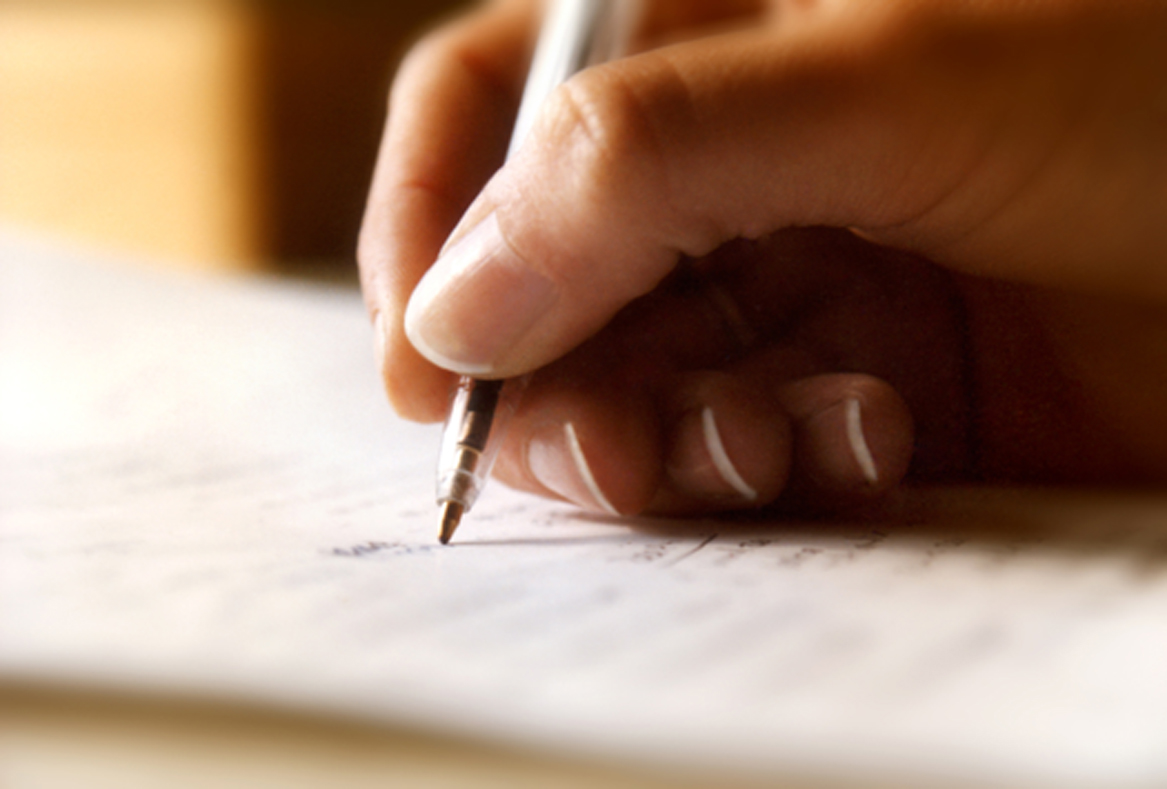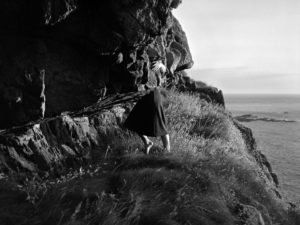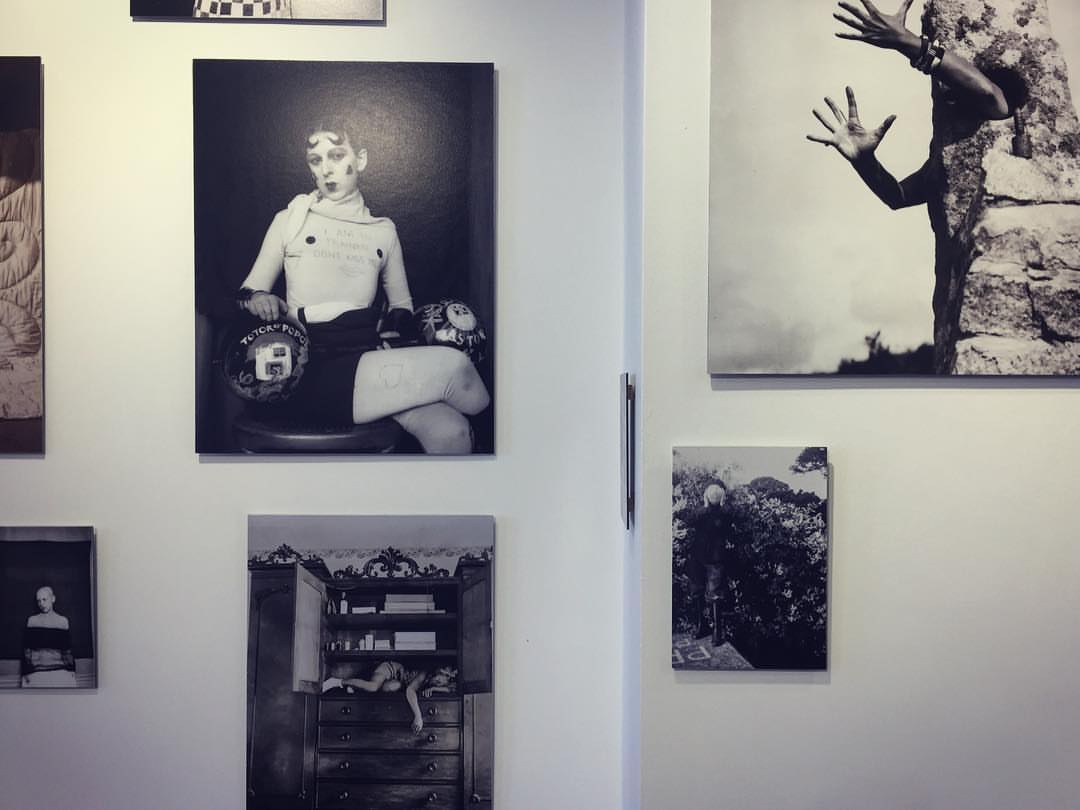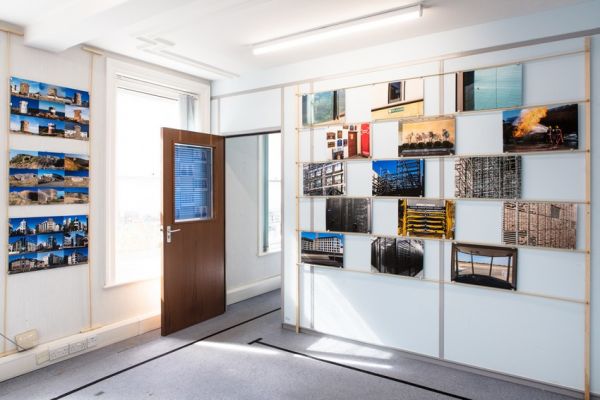Essay Question:
My hypothesis and narrowed down six possible questions are:
.Examine how the sublime and reality work hand in hand to visualise how they reflect a personal emotion. And how the artists… and ….. show this in different ways.
.How can politically movements of photography such as surrealism and the sublime effect the way which photographs see and demonstrate emotion in their work.
.How does the power of pain and beauty found within the sublime, have such s strong influence on the emotions of artists and photographers.
.Does objectivity and reality effect how we view and react to our emotions. How does the sublime have such an emotional response dependent on the persons current emotional status. And how do photographers capture such a unique set of emotions all at once.
.Merging the boundaries of the sublime and surrealism; How are emotions and personal identity represented conceptually throughout photography. Why do these photographers …..consider their work to be sublime.
.Examining the sublime: A photograph should not be able to have such strong emotional occupancy, so that it effects how someone perceives reality and views their own emotions.
I belive I am able to start writing this essay now as all of these titles link in a successful manner and I should still be able to communicate the same ideas and themes through the beginning of the essay without knowing the specific title itself.
Essay Plan:
Make a plan that lists what you are going to write about in each paragraph – essay structure.
- Essay question:
- Opening quote:”the sublime is something which has power to compel and then destroy us. Pleasure is only pleasure if it is felt and the is to be said about pain. ” Edmund burke
- Introduction (250-500 words): What is your area study? Which artists will you be analysing and why? How will you be responding to their work and essay question?
“The sublime is something which has power to compel and then destroy us. Pleasure is only pleasure if it is felt and the same is to be said about pain. ” E:burke .The area I have chosen to study is the Sublime. I have done so as I belive the sublime owns such power it is often metonymic. It allows the thinking eye to add more value of what it is sees, but it is sole proof of seeing emotion as a medium. To develop a photo is a chemical reaction but what is develops is undevelopable in the essence what has been taken and experienced by someone, can not ever be repeated. The sublime is an instance of instances, It causes an independent reaction to each persons’ emotions and what they believe to have seen. It is not only something to be shown through art and photography, but a philosophical question which I want to look further into. My area of study will be how can the sublime be shown through the representation of emotions through the human body. I have chosen to compare two artists and two philosophers within my own subject of work, as they both focus on the ideals of human form reflective through such powerful emotions. The hypothesis I propose to answer is ‘Merging the boundaries of the sublime and surrealism; How are emotions and personal identity represented conceptually throughout photography. Why do these photographers …..consider their work to be sublime.’ The argument I intend to prove and also challenge, is the argument derived as a defence of the deliberative value of immoderate speech from an unlikely source, the account is ‘ I say the strongest emotion, because I am satisfied the ideas of pain are much more powerful than those which enter on the part of pleasure. Without all doubt, the torments which we may be made to suffer are much greater in their effect on the body and mind, than any pleasures which the most learned voluptuary could suggest, or than the liveliest imagination, and the most sound and exquisitely sensible body, could enjoy.’ Burke states here how a persons emotions are strongest when pain and terror are so closely used, yet not to the extend of deat. This certain pleasure has a breadth of imagination that people can use for enjoyment. To my mind, this is has some truth, so through my three artists and two philosophers I will develop and explore their hegemonic and oppositional ideas, responding trough the work of Tim Walker and how his style has such a strong juxtaposition to that usually expected within the sublime. Walkers tablo worldly images that inspired a transgressions of out of place beauty combined with incoherent objectification of mythology form interesting compositions that could be addressed as ‘sublime’. However I will be comparing his work to Claude Cahun and Franceseca Woodman, These two women’s styles catapulted the understanding of social and political issues when it comes to dealing with emotions It is ironic how they were both raised and worked in a time before the period of post-modernism, as their work stemmed from the view to change and explore how authorship of work should be an expression of identity and not to follow a path paved by those gone before. Historically the sublime is a term in which refers to a greatness beyond all possibility of calculation, measurement, or imitation’ It was first written in the 1st century AD though its origin and authorship. However it is evident that the sublime did not become a common influence until the 16th century, having a strong contextual reference to that of the renaissance period and its association to ‘romanticism’. My official aim is mimicking how photography can access political and emotional dependancy of reality through landscapes and portraiture to express a non direct emotion. My images will form a narrative of emotion further expressed through the colouring and text developing the surrounding piece itself. My investigation to how strong emotions can be seen such as pain and beauty ( which makes up the sublime) links successfully from my practical work and both my analytical. This ares of work has always fascinated me as it s so fabricated and philosophical that there is no direct answer but just a group of proposals and theories. This allows my artists never to be wrong while expressing their opinion but just subject to exploring in various ways without being deemed as wrong or incorrect. The relation to romanticism and emotions seen within a landscape still has a clear connection to the subject matter of political landscapes, and if anything forms more themes of cohesion throughout my project itself.
Pg 1 (500 words): Historical/ theoretical context within art, photography and visual culture relevant to your area of study. Make links to art movements/ isms and some of the methods employed by critics and historian. Link to powerpoints about isms and movements M:\Departments\Photography\Students\Resources\Personal Study
- Pg 2 (500 words): Analyse first artist/photographer in relation to your essay question. Present and evaluate your own images and responses.
- Pg 3 (500 words): Analyse second artist/photographer in relation to your essay question. Present and evaluate your own images and responses.
- Conclusion (250-500 words): Draw parallels, explore differences/ similarities between artists/photographers and that of your own work that you have produced
- Bibliography: List all relevant sources used
Essay Introduction, to include:
- Begin to read, make notes, identity quotes and comment to construct an argument for/against.
- Explain how you intend to respond creatively to your artists references and further experimentation and development of your photographic work as part of your POLITICAL LANDSCAPE project.
- Complete a draft version of your introduction 250-500 words) and upload to the blog by Mon 26 Nov.
- Establish coherent and sustainable links between your own practical work with that of historical and contemporary reference.
Think about an opening that will draw your reader in e.g. you can use an opening quote that sets the scene. You should include in your introduction an outline of your intention of your study e.g. what and who are you going to investigate. How does this area/ work interest you? What are you trying to prove/challenge, argument/ counter-argument? Include 1 or 2 quotes for or against. What links are there with your previous studies? What have you explored so far in your Personal Investigation, or what are you going to photograph? How did or will your work develop. What camera skills, techniques or digital processes in Photoshop have or are you going to experiment with? Show evidence for an on-going critical and analytical review of your investigation – both your written essay and own practical work in response to research and analysis.
Overall essay structure:
The plan: ,My question,Post modernism,Barthes analysis of photos,The emotion ,Cahun living and working what movements and ism why (modernism and post hadn’t come about),Sublime,Edmund Burke ,Discuss what I want to capture,Discuss about those three words of reality and such,Tim walker ,Tablo and created the likelihood and false reality of the danger of the sublime itself,My official aim wanting to access political, emotional dependancy of reality,How this links to political landscape,Overall what I want to have in my images and shoots,How these artists and philosophers have changed what I think about my work,My overall aim,Closing and finial analysis of question











 This image portrays portraits of finance workers combining together creating two images representing the male and female identities within the finance industry. I think this can be considered political it’s essentially merging together all the individuals working in the finance industry and displaying them as one person, taking away their originality , perhaps representing the stereotype of some who works in an office. Bush draws attention to forms of invisible power that operate in the world and by representing people as merged could link to the idea of shaping individuals of finance as the industry changes.
This image portrays portraits of finance workers combining together creating two images representing the male and female identities within the finance industry. I think this can be considered political it’s essentially merging together all the individuals working in the finance industry and displaying them as one person, taking away their originality , perhaps representing the stereotype of some who works in an office. Bush draws attention to forms of invisible power that operate in the world and by representing people as merged could link to the idea of shaping individuals of finance as the industry changes.











